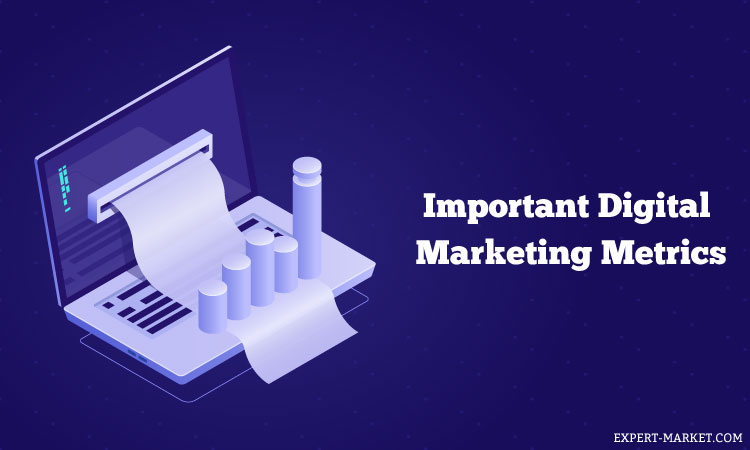Focus has shifted from whether every business needs to invest in their online presence to how they can know the value received for their efforts over a specified period. Largely, this is because the debate on the powers of the internet was long resolved and, the urge is in now in determining how well current digital marketing strategies work for the business.
These analytics provide a firm basis for deciding whether a campaign was successful or not, with the data being a central point of reference for the next course of actions. Factually, it would be futile to keep on investing in internet marketing without knowing the value received from all the ventures and relying on assumptions or numbers that do not have any impacts on your bottom line.

One thing for sure is that there are tons of data that are readily available and can be thrown around from time to time in a bid to create the right impression. Nevertheless, if there is no understanding of where these monitoring metrics are to be implemented, a business will be running its digital marketing campaigns while headless.
The right metrics show the accurate picture and allow a business to think about whether they are merely wasting time and resources, or they are experiencing growth as a result of their digital campaigns.
The most important set of metrics without a doubt have to touch on revenue generation as that is the end goal of all marketing ventures that a business ever invests in. All other data that do not directly touch on this can be described as ‘vanity figures’ that marketers mainly use to merely determine market reception of a particular marketing tool.
While it is crucial for marketers to focus on the ‘market reception data’ as they provide a solid foundation for the potential achievement of overall goals, the results from these evaluations do not always translate into revenues. The numbers of likes on a Facebook post or a higher number of views on YouTube remain to be just numbers unless they resulted in new clients for the business.
It is a similar case to the analysis of overall site traffic, a major point of reference in SEO and click-through rates in PPC that measures how many people clicked on an ad. These traffic generation metrics can never be ignored, but there is the fundamental importance of going the extra mile to dig into the world of revenue metrics, which is where the rubber meets the road.
The aim of revenue metrics is to make known the profitability of a particular campaign, and for many businesses, the main aspects considered is the return on investment (ROI). Primarily, ROI in digital marketing measures how much profit is generated from ads relative to the costs of the advertisements.
It is, therefore, a business-centric and strategy oriented metric that has widely been used by most organizations since it has a basis in the pre-digital world and holds much importance. Nonetheless, it is not the only revenue metric that a business should have their focus on, and there is the under-hyped Return On Ad Spend (ROAS) that should be a core area of focus. This advertiser-centric metric seeks to measure the entire efficacy of the digital advertising campaign, a feature that makes it well suited for every business that wants a view of the bigger picture.
Return On Ad Spend looks at every dollar in revenue that is received from digital marketing initiatives against each dollar that was spent on advertising. This is unlike ROI that looks at the returns from ads and does not take to account other expenses that were incurred to make the campaign successful.
ROAS is, as such, the most practical way of measuring tactical spend and is always more of a short term measurement compared to ROI that is a long term measurement. Having accurate calculations of ROAS requires optimization of all campaigns and setting up conversion tracking across all marketing and advertising channels plus using the right attribution models. You can see this website for a detailed report on how ROAS is calculated by taking the revenue generated for a marketing channel and dividing by the total ad spend.
Leading digital marketing consultants will clearly breakdown the complicated world behind ensuring that only the right metrics are used for the calculation. ROAS, in the end, depends on the use of analytical tools and transforms a digital marketing campaign to a financial aspect that a business can use to make necessary adjustments for enhanced value.



























